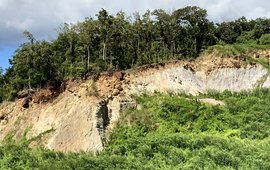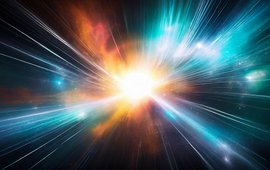Weathering and Erosion
We investigate how the atmospheric CO₂ content and the global climate are regulated on geological time scales by natural feedbacks through weathering and erosion. We use various geochemical methods, such as cosmogenic nuclides and stable metal isotopes.








